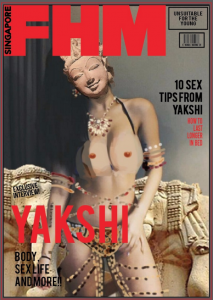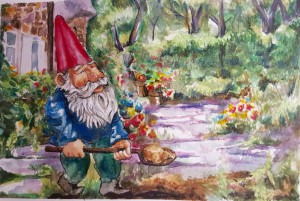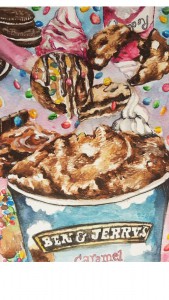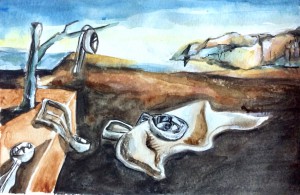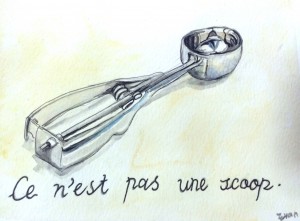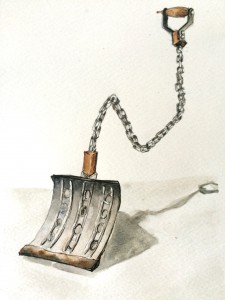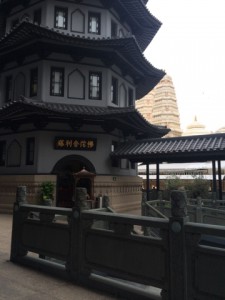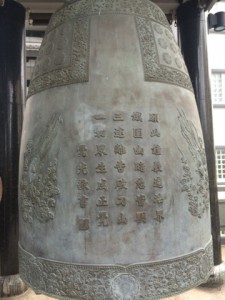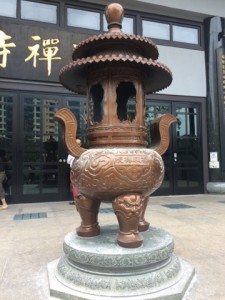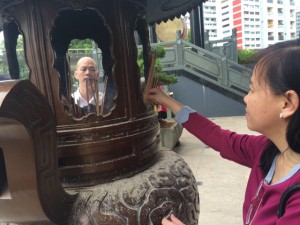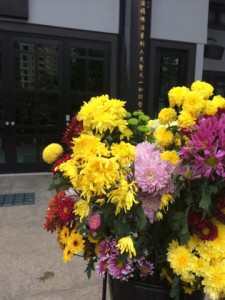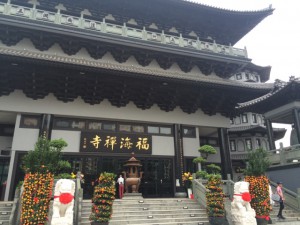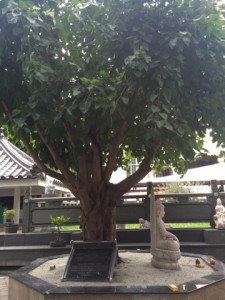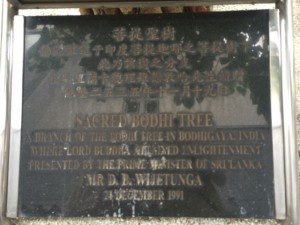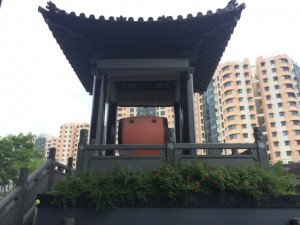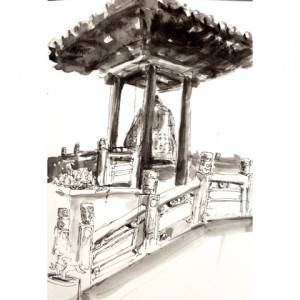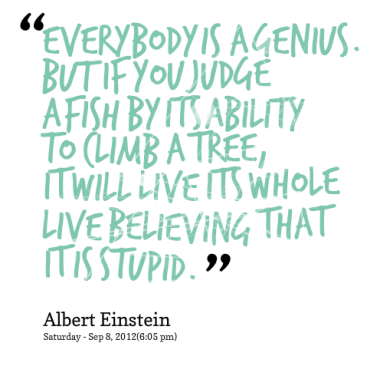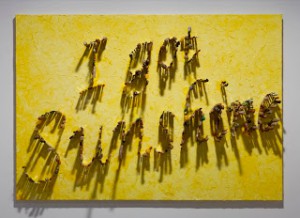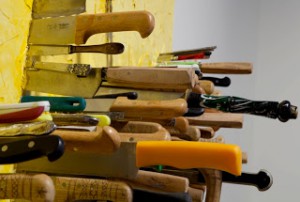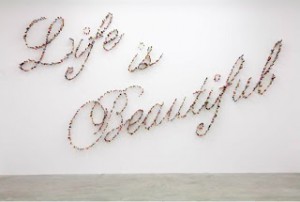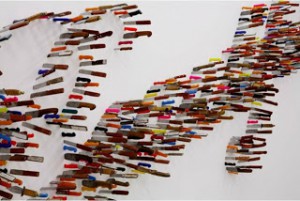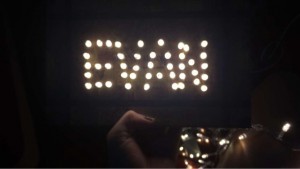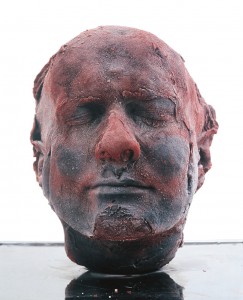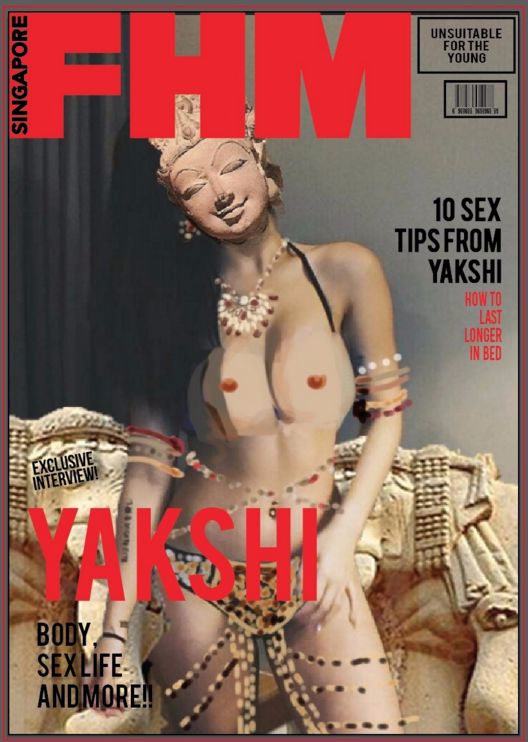
Revised comments after presentation: “How do we know that FHM women choose to be on the magazine cover? Is it a general statement?”
Our group member, Jia xian proposed to use this ambiguity and match it with the ambiguity of the origin of religion. So we propose that the woman’s sexuality a man made construct, just like how religion is criticized as a man-made construct.
For the comparison between Yakshi and Naomi Neo, we can talk about how they both have power – Yakshi has the power to gain worshippers and Naomi Neo also has power to gain followers on social media however in a negative way. In the sense that young readers are susceptible to believing what Naomi Neo posts online.
New Thesis:
While the voluptuous body of Yakshi was seen as a
sign of fertility in the past, that same body today would
be seen as a tool of sexual objectification. The status of a goddess as a divine being versus man-made construct, reflects modern-day ambiguity of sexual empowerment versus exploitation.
New Artist Statement:
The image shown is a modern interpretation of the Indian Buddhist Goddess, Yakshi. Traditionally associated with the idea of fertility and nature in ancient India, she was identified through her large, round breasts, small waist and large thighs and hips. These days, the voluptuous body that Yakshi possesses may be interpreted in a totally different way. In the modern world, sexual objectification of women have become much more commonplace, and a voluptuous body such as hers may be seen as a tool of pleasure in the eyes of men. It is no longer associated with the idea of being fertile or baby conceiving, but instead as means of sexual gratification. As such, we decided to remove Yakshi from her traditional context to show this shift in perspective towards the well-endowed body. To effectively bring across the point, we placed her into a modern piece of media that portrayed women in a more provocative manner that man would find sexually attractive.
The ambiguity created in the poster is also intentional, and meant to make viewers question the state of modern female sexuality in media; is the woman’s sexuality being subverted as part of a man-made construct, in the same way religion is sometimes criticized as a man-made construct? Or is the Yakshi/model exerting power with her sexuality, in the same way a goddess attracts worshippers? Just as how we have no idea if the models in FHM covers are happily and willingly doing their job, and as we have no idea if Yakshi is an influence or a result of influence, the state of female sexuality in the modern day is in a state of undefined flux.
Known for featuring the ‘hottest’ women on the planet, FHM was our choice of medium on which we would appropriate Yakshi. To localise it, we designed a Singaporean FHM cover featuring Yakshi in the form of Naomi Neo, a popular blogger known for her voluptuous body and outspoken attitude about sexuality. As such, we have created an artwork that appropriates Yakshi as a social statement and reflection on how much the meaning of a woman’s body have changed over the years.
#bosombuddies 🙂
